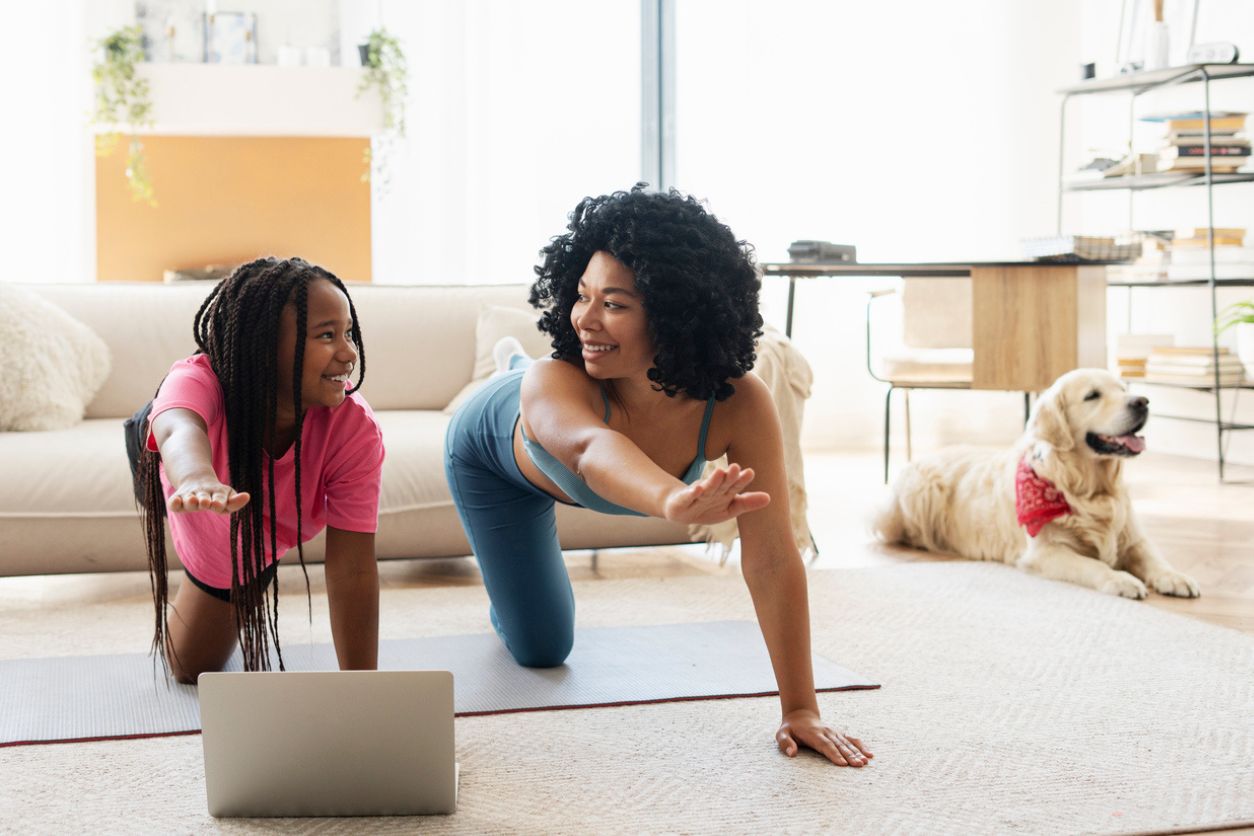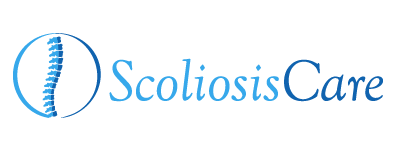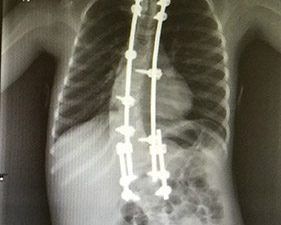
Scoliosis is a condition that can impact daily life in many ways, from chronic back pain to posture imbalances. While medical interventions such as bracing, physical therapy, and even surgery are sometimes necessary, many adults with scoliosis seek holistic approaches to help manage their symptoms. Yoga for scoliosis, with its emphasis on flexibility, strength, and mindfulness, has become a popular tool for those looking to support their spine health naturally.
At Scoliosis Care, Dr. David Siambanes specializes in personalized scoliosis treatment and understands that every patient’s journey is unique. While yoga can be a valuable complement to a scoliosis treatment plan, it’s important to choose poses carefully and consult a specialist before beginning any new fitness routine.
The Benefits of Yoga for Scoliosis
Yoga is more than just a series of stretches — it’s a practice that integrates strength, flexibility, breathwork, and mindfulness. For individuals with scoliosis, yoga can provide several key benefits, including:
Improved Posture & Alignment
Scoliosis often causes postural imbalances, making it difficult to stand or sit comfortably. Yoga emphasizes spinal elongation and muscle engagement, which can help realign posture over time.
Increased Core Strength
A strong core is essential for supporting the spine. Yoga engages deep core muscles, which can improve stability and reduce strain on the back.
Better Breathing & Lung Capacity
Depending on the severity of scoliosis, the curvature of the spine can impact lung function. Research shows that breath-focused yoga practices (pranayama) can help expand lung capacity and improve respiratory efficiency.
Reduced Pain & Tension
Many scoliosis patients experience muscle tightness and discomfort. Gentle, restorative yoga poses can help release tension, alleviate stiffness, and promote relaxation.
Mind-body Awareness & Stress Relief
Chronic conditions like scoliosis can take a toll not just on the body but also on mental well-being. Yoga encourages mindfulness, helping patients connect with their bodies and manage stress more effectively.
Best Yoga Poses for Scoliosis
Not all yoga poses are beneficial for scoliosis, and some may need to be modified to avoid unnecessary strain. Below are some of the most spine-friendly poses that may help improve flexibility, balance, and strength for those with scoliosis:
1. Mountain Pose (Tadasana)
- Encourages awareness of posture and spinal alignment.
- Engages the core and strengthens stabilizing muscles.
Tip: Stand tall with feet hip-width apart, engage the thighs, and lift through the crown of your head while maintaining even weight on both feet.
2. Cat–Cow Stretch (Marjaryasana-Bitilasana)
- Improves spinal mobility and flexibility.
- Gently warms up the back muscles.
Tip: Move slowly between arching (cow) and rounding (cat), focusing on deep, controlled breaths.
3. Child’s Pose (Balasana)
- Gently stretches the lower back.
- Helps release tension in the spine and shoulders.
Tip: Keep your knees wide and arms extended forward for a deeper stretch, or place a cushion under your chest for extra support.
4. Triangle Pose (Trikonasana) – Modified
- Stretches and strengthens the spine and obliques.
- Encourages lengthening on the concave side of the spinal curve.
Tip: Use a yoga block for support and focus on elongating rather than over-twisting.
5. Side Plank (Vasisthasana) – Modified
- Strengthens core and improves balance.
- Helps engage and support spinal stabilizers.
Tip: Start with the bottom knee down for extra support, and engage your core to keep the spine long.
Important Considerations Before Starting Yoga
Always consult your doctor or scoliosis specialist before starting a new exercise routine. While yoga can be beneficial, certain poses (such as deep backbends or excessive twisting) may not be suitable for all scoliosis patients.
Work with an experienced yoga instructor. If possible, attend a yoga flow class with a professional who understands scoliosis modifications.
Listen to your body. Pain is not progress — if a pose feels uncomfortable or aggravates symptoms, modify or skip it.
When Yoga for Scoliosis Isn’t Enough: Expert Care with Dr. Siambanes
While yoga can be a great addition to a scoliosis care routine, it is not a substitute for medical treatment when symptoms become severe or progressively worse.
At Scoliosis Care, Dr. David Siambanes provides expert diagnosis and treatment for patients with scoliosis at every stage. With over 25 years of experience specializing in spinal care, he offers a comprehensive, patient-centered approach — whether through non-surgical methods like physical therapy and bracing or advanced surgical solutions when necessary.
If holistic approaches like yoga aren’t providing enough relief, it may be time to explore more targeted scoliosis treatment options.
Click here to request a consultation with Dr. Siambanes today and take the next step toward better spinal health.




